Surely the wigeon has a little cord underneath and, when you pull it, out comes this sound.
It’s the most enthusiastic noise you can expect to hear emanating from a marsh in November.
A Google search for ‘wigeon’ suggests that a question people ask is:
“Is a wigeon and water pigeon?”
For the record, a wigeon is definitely a duck. But there is something pigeon-y about a wigeon.
They shuffle around in squat packs, heads-down, nibbling their way across greenery, be that the eelgrass of an estuary or the grassy shores of a river or lake.
Their literal low profile makes them easy to miss. But the male birds emit that whistle from time to time, and at any given moment, a bird will quit nibbling and raise its head to check for trouble.
The female’s head is a greyish-brown, and might easily be mistaken for another duck.
You’re unlikely to mistake the adult male, though: a rich chestnut or cinnamon, with a buff-yellow stripe running from the base of the bill all the way up over the head.
In all plumages their bills are a giveaway: pale blue at the base, with a black tip.
And in flight the broad white patch on the male’s wing catches the eye, even at a distance.
Around half a million wigeon visit the UK from autumn until spring, with as many as 30,000 gathering together in favoured areas. The big numbers tend to be at coastal marshes, but birds can be found far inland, at suitable freshwater sites.
Duck-duck?
Our Eurasian wigeon’s Latin name, Anas penelope, is an odd formulation. It may refer to the duck’s role in the mythic story of Penelope, wife to Odysseus, who as a child was thrown into a river but rescued by waterfowl.
The Ancient Greek for duck is penelops. That gave Penelope her name, and perhaps, subsequently, the wigeon’s. But in that case, with anas being the Latin word for ‘duck’, the wigeon’s so-called scientific name is effectively ‘duck-duck’, which is also something said by a two-year old having a bubble bath.
Rare, or over there: American Wigeon
Across the Atlantic, the counterpart species is American Wigeon. The male has a green mask over the eye, and a cream-white stripe on the crown, earning it the old-school common name of ‘baldpate’.
A few of these fine creatures are found on the wrong side of the Atlantic every winter (and vice versa - perhaps it’s a well-managed wigeon exchange scheme).
In these cases, the vagrant birds usually gravitate to the company of their close cousins, and graze away among them, offering a potential surprise for careful human observers.
Next up: Little Owl
Links of the week
📺 For a dark November’s night: The Nightingale’s Song
I’m a little late to this, it came out a year ago - an exquisite film following musician and nightingale-whisperer Sam Lee. You can watch the full film for free at Emergence Magazine.
🎤 Join: Mastering Bioacoustic Surveys webinar, 26 November
How are remote acoustic sensors and software changing the ways we can monitor wildlife? This call features expertise from the Biological Recording Company, in a rapidly developing field of practice. Free tickets here
Birdsong walks for spring 2025
Stanmer Park, Brighton - Saturday 8 March
Wimbledon Common, London - Saturday 22 March
Tickets are limited to 10 places for each walk. There’s a £10 discount for paying subscribers to Shriek of the Week (use the discount code sent to subscribers, or contact me for details).
Enjoy the birds.
~ Charlie
Media credits:
Eurasian wigeon swimming image by 👀 Mabel Amber, who will one day from Pixabay
Eurasian wigeon in flight image by Kev from Pixabay
American Wigeon photo by Frank Cone from Pexels:


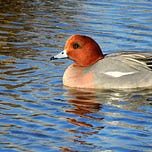


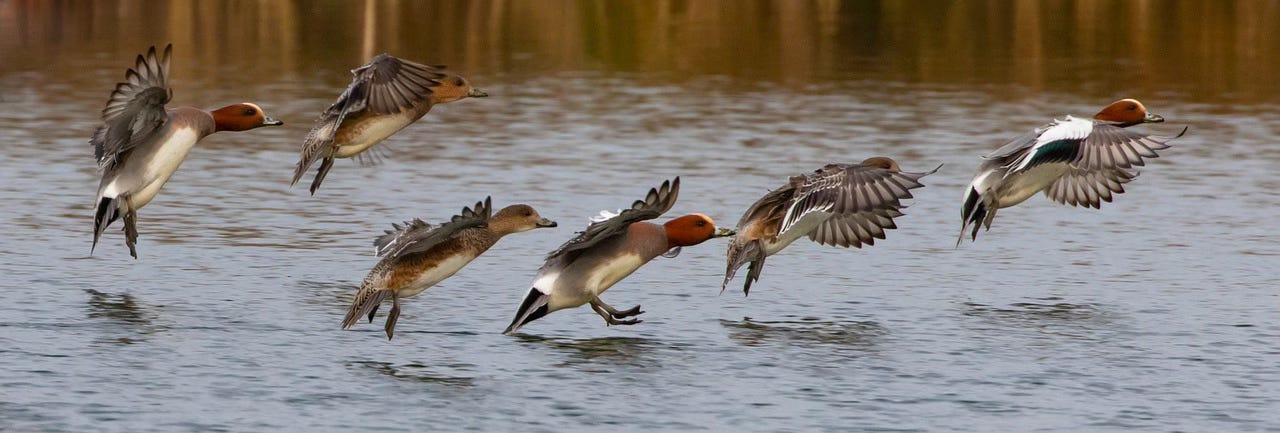

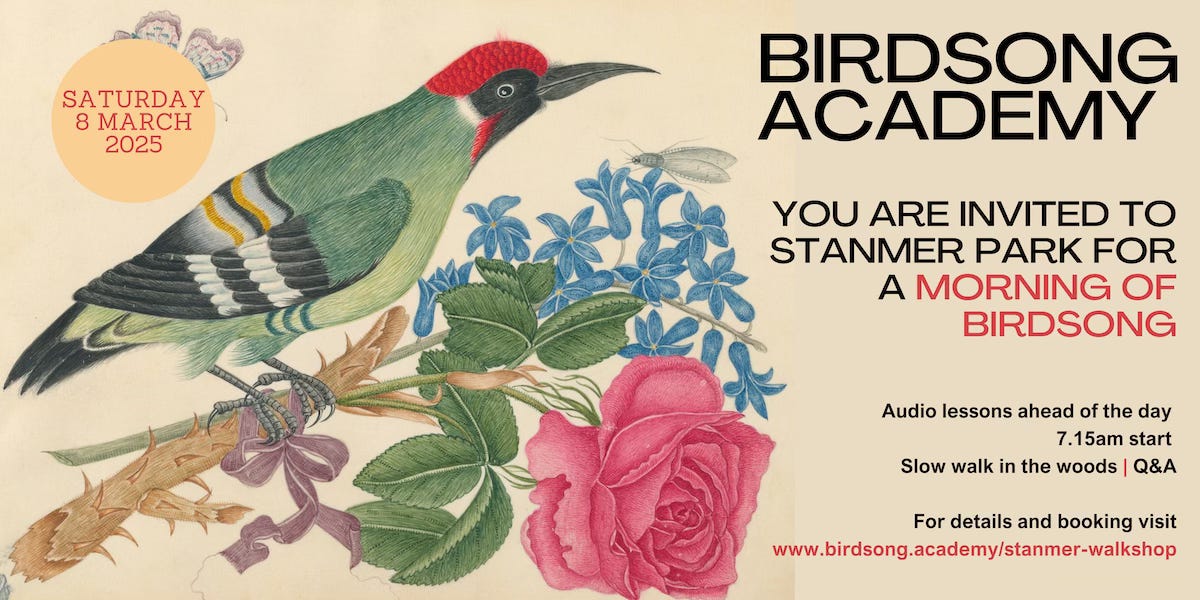


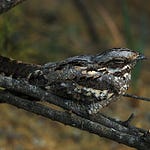
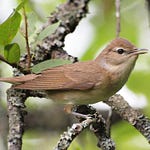

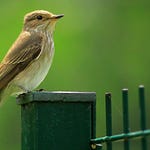


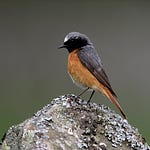
Share this post